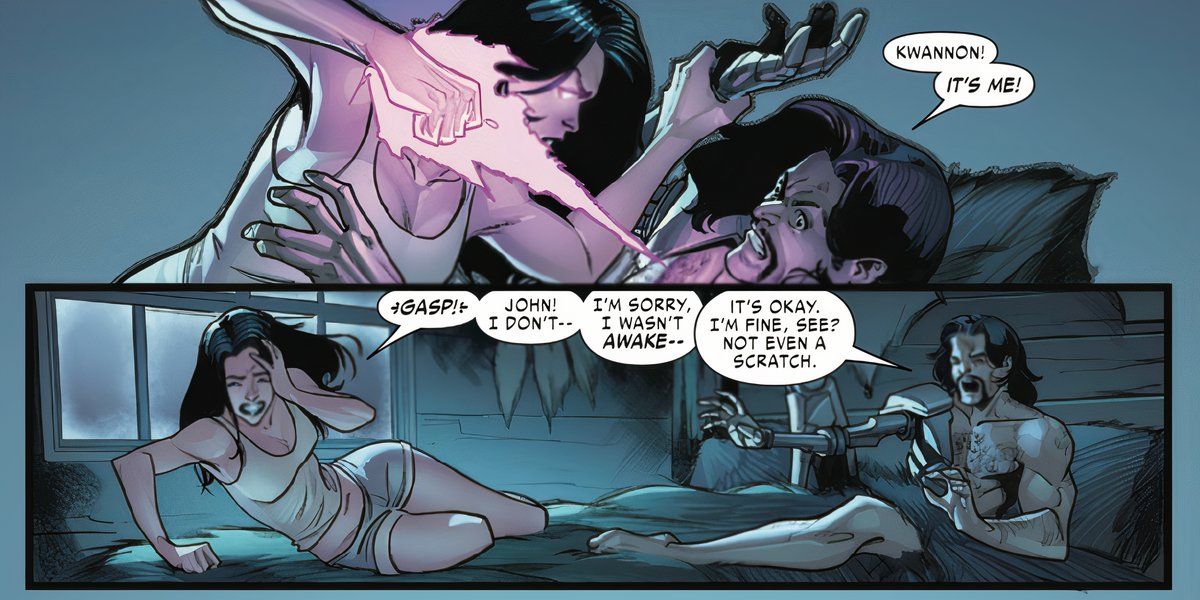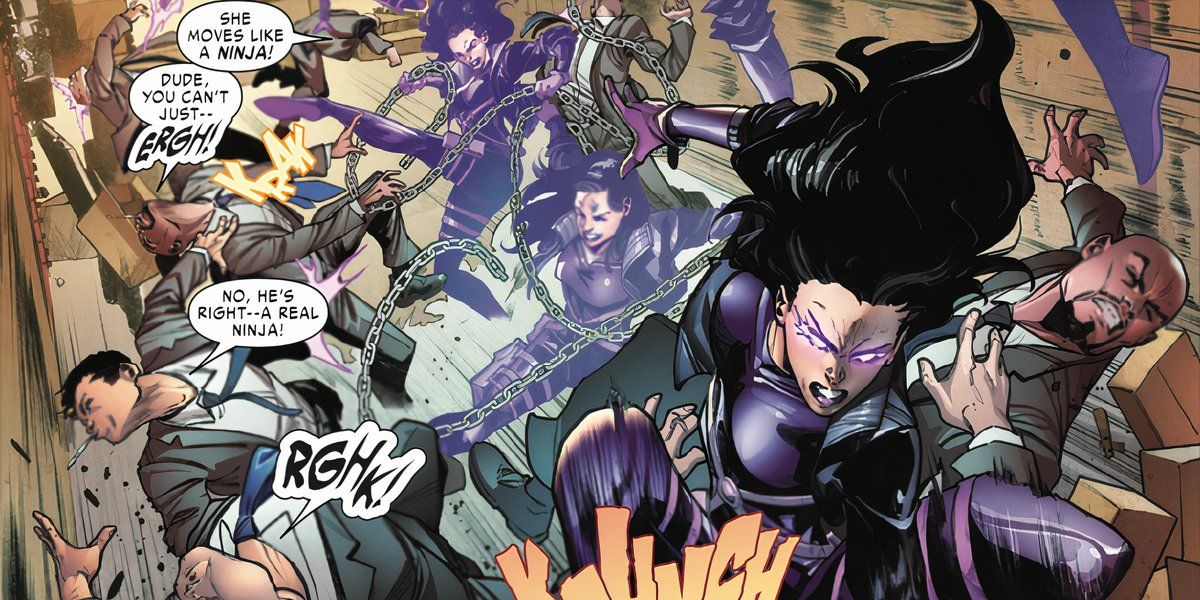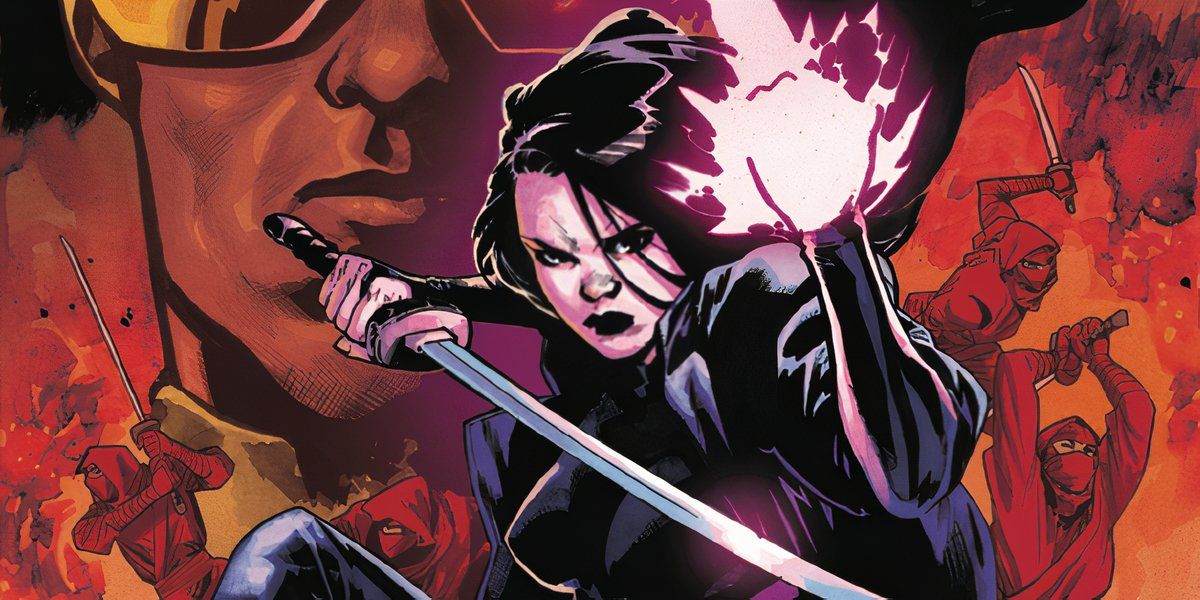
Even amid Marvel Comics’ complex continuity layered with loopholes, Kwannon occupies a particularly fraught position in X-Men history, and her new series Psylocke has the unenviable task of reintroducing readers to the psychic mutant assassin. Although the Krakoa era managed to undo decades of dicey decision-making by removing Betsy Braddock and returning Kwannon to her own body, there’s still plenty to unpack. There is lots of potential to be found in Kwannon’s new story based upon her violent past and hopeful future. However, the first issue of this new series struggles to present Kwannon’s complex identity and struggles in a story that is layered with familiar superhero tropes.
Psylocke #1 was created by writer Alyssa Wong, artist Vincenzo Carratù, colorist Fer Sifuentes-Sujo, and letterer Ariana Maher, and features Kwannon’s ongoing struggles to fight for mutants in a world that hates and fears them. Psylocke is distracted from her responsibilities with the newest iteration of X-Men as she battles the ugliest aspects of anti-mutant hysteria. It also delves into her past as a trained assassin and recent romantic ties to John Greycrow that developed during the Krakoa era. All of this serves to introduce a new adventure focused on the popular character and present her complex continuity within Marvel Comics.
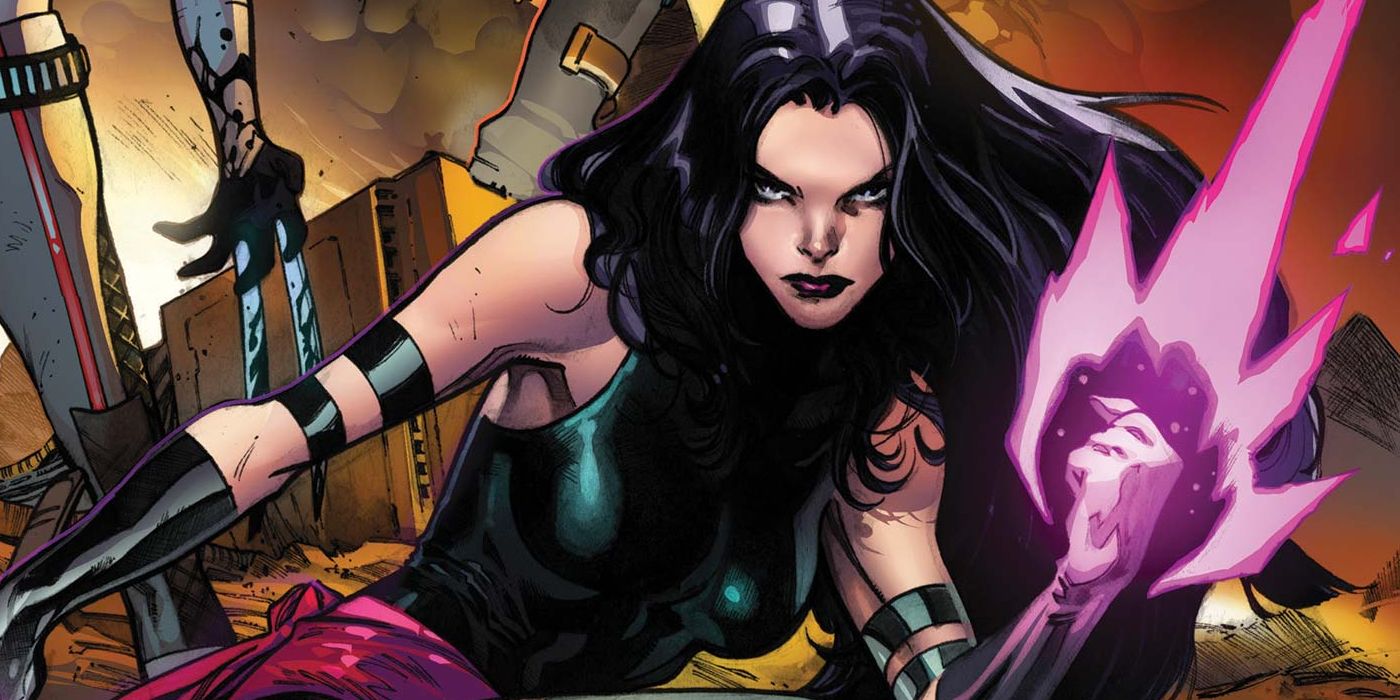
Related
X-Men: Psylocke’s Daughter Is Still Krakoa’s Greatest Tragedy
X-Men titles like Hellions and Fallen Angels miniseries have revealed the depths of the tragedy surrounding Psylocke’s lost daughter.
Past Trauma and New Conflicts are Presented in Familiar Storytelling
Psylocke Can’t Quite Separate Itself from Run-of-the-Mill Marvel Superhero Comics
Psylocke #1 provides new readers with an accessible introduction to the character and the X-Men’s post-Krakoa status quo. The issue delivers the hallmarks of Marvel Comics’ current style of superhero comics, including bookended action sequences, guest appearances by related superheroes, and introductions to a supporting cast. It’s a structure that can be applied to seemingly any superhero, and one that often is in 2024. Readers won’t struggle to make sense of Kwannon’s complex continuity or where her current story is heading.

Related
X-Men: When Did Psylocke First Use Her Psychic Knife?
Psylocke’s psychic knife is her most deadly weapon and one the X-Men have come to rely on frequently; here’s how she developed the attack.
That accessibility comes at a price, however, as there’s not much on the page to make Kwannon’s new story stand out in a crowded market. Brief flashback sequences nod to her childhood training by The Hand, but offer little context to distinguish it from a plethora of other traumatic origins. One instance in which she is awoken from a nightmare only to attack her companion reads like paint-by-numbers superhero comics. There is nothing in the sequence to make this version of the trope distinctive, as even talk of being made a living weapon echoes decades of other anti-heroes.
While the establishing sequences play it safe, there are plenty of potentially interesting elements provided to build upon in future issues. Kwannon’s romance with John Greycrow proved to be one of the best elements of the superb Hellions series and his inclusion here promises something substantial in the future. The same goes for a scrappy, tech-savvy sidekick who delivers psychic-enhancing devices. Limited space in an introductory issue doesn’t offer either character much opportunity to reflect Kwannon’s few caring relationships, but they set up opportunities for Psylocke #2 to build upon.
Slick Action Sequences Serve Up Violence Without Consideration
An Emphasis on Fast-Paced Ninja Action Glorify Kwannon’s Struggles
The emphasis of Psylocke #1 is squarely upon Kwannon’s relationship with violence. She is shown continually struggling with her traumatic childhood training and many past misdeeds. Like so many other Marvel anti-heroes, she attempts to use those deadly skills to improve the world in this issue. The opening action sequence displays Kwannon engaged in a daring hostage rescue that she conceals from her fellow X-Men. While the purpose of this secrecy is unclear, the larger disconnect comes in how violence is presented in the issue.
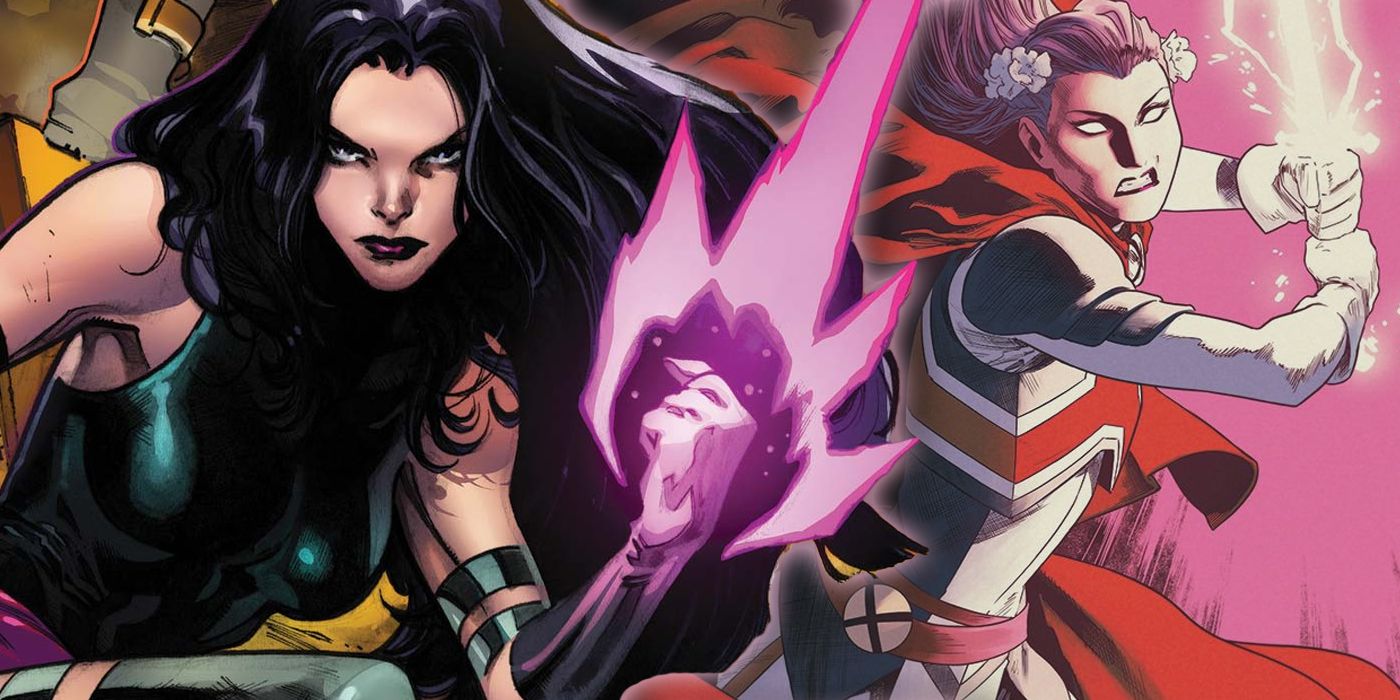
Related
X of Swords: Psylocke’s Psi-Blade, Explained
Whether it’s being wielded by Psylocke or Captain Britain, the Psi-Blade is one of the X-Men’s most dangerous psychic weapons.
Although Kwannon is haunted by acts of violence, their portrayal by artist Vincenzo Carratù embraces a rule of cool surrounding psi-blades, automatic weapons, and ninja action. Multiple panels portray Psylocke moving through multiple combatants with ease, eliminating each of her opponents with hardly any sign of blood or trauma. These montages make the effort of disarming enemies seem almost effortless and Psylocke promises those around her that no one is being harmed. Carratù’s action sequences fit squarely within Marvel’s current house style with splash panels used to emphasize action and individually dramatic panels that often ignore blocking and causation for effect. It’s pure superhero combat complete with undeniably justifiable stakes, like protecting children from a gun-wielding psychopath like Skullbuster.
The plain thrills of these sequences contradict Kwannon’s perspective and Psylocke’s focus on the cost of violence. Even when things get bloody in the final few pages, there’s nothing on the page to suggest that Kwannon has failed. Rather, the visual spectacle presents a necessary and confident victory. It seems as though Carratù and writer Alyssa Wong are working at cross-purposes whenever Psylocke’s blades emerge.
Even this contradiction reminds readers that Psylocke is a series with lots of ground to cover as it resets the status quo on this beloved anti-hero. While the first issue spends much of its space laying out the groundwork for Kwannon’s next adventure in a familiar fashion, there’s no telling where it will go from here. That opportunity is likely enough to keep readers interested, even if this week’s debut struggles to distinguish itself from the crowd.
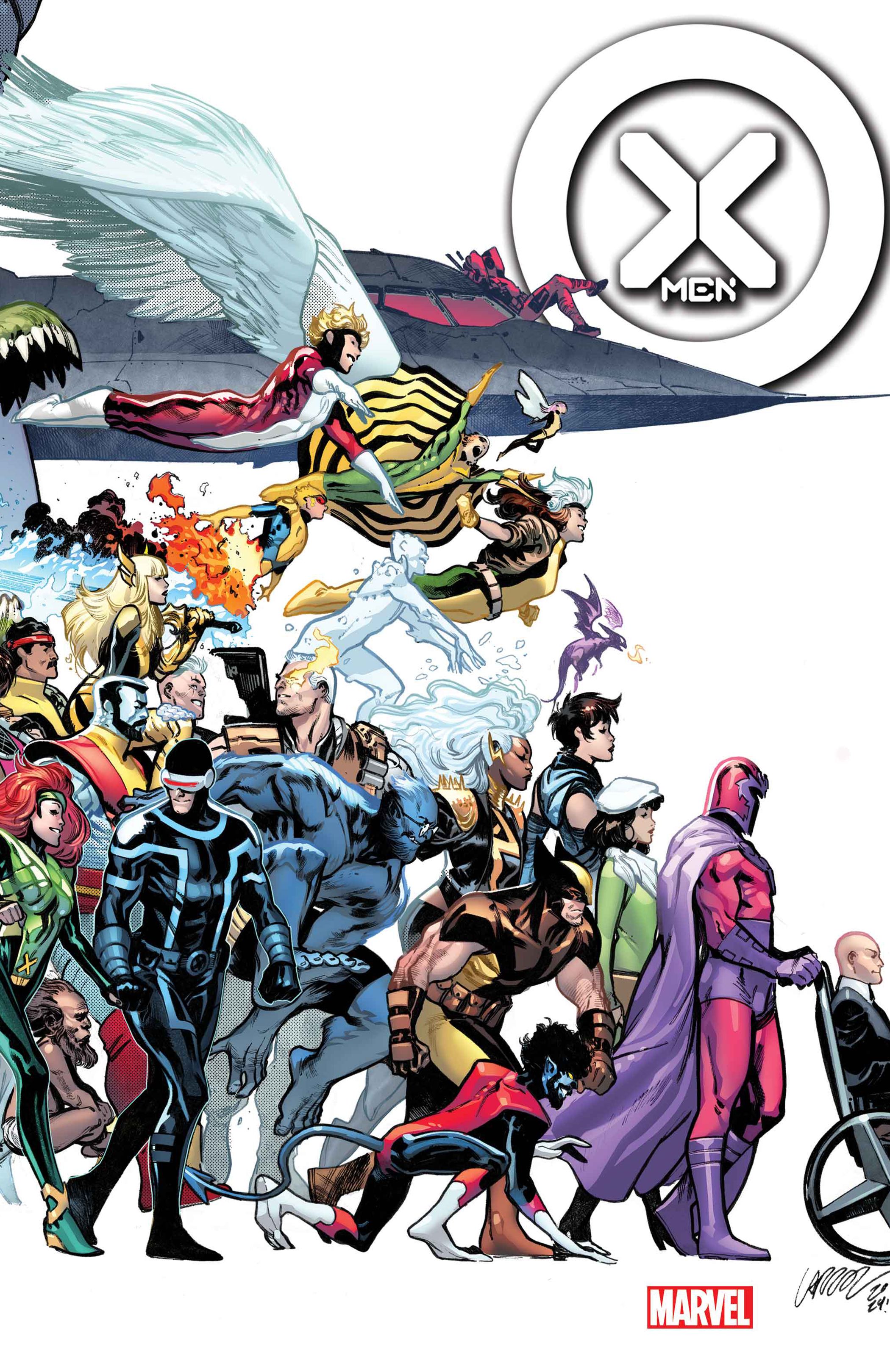
X-Men
Since their debut in 1963, Marvel’s X-Men have been more than just another superhero team. While the team really hit its stride as the All New, All Different X-Men in 1975, Marvel’s heroic mutants have always operated as super-outcasts, protecting a world that hates and fears them for their powers.
Key members of the X-Men include Professor X, Jean Grey, Cyclops, Wolverine, Iceman, Beast, Rogue, and Storm. Often framed as the world’s second strongest superheroes, after the Avengers, they are nonetheless one of Marvel’s most popular and important franchises.
Discover more from reviewer4you.com
Subscribe to get the latest posts to your email.
